Russia is not the only country erasing Ukraine’s cultural heritage. Ukraine itself has been demolishing its own public statues and murals for years. Before the war, in 2015, our parliament passed legislation that criminalized communist propaganda. “Decommunization” was a deceptively simple idea: it started with the removal of our 1,300 Lenins and a few other revolutionary figures. Since the invasion, even monuments with complex histories have been removed.
In Odessa, a statue of the city’s founder Catherine the Great was toppled. In Dnipro, seven monuments were torn down, including those to writer Maxim Gorky, eighteenth-century scientist Mikhail Lomonosov and poet Pushkin. Two months ago, a Soviet monument to the soldier Alexander Matrosov in Dnipro was also dismantled. Matrosov was posthumously made a Hero of the Soviet Union in 1943 after throwing himself in front of a Nazi machine-gunner to save his comrades. His Soviet documents stated that he had grown up in the Ukrainian city, but the current mayor claims they were forged to hide his Turkic ethnicity.
I understand the desire to remove the relics of Ukraine’s totalitarian communist past; the colonial history of the USSR has left behind a tragic legacy. But monuments such as the one to Matrosov show just how complicated that history can be. Perhaps he did try to hide his true identity — in which case he was also a victim of the Soviet Union and its forced assimilation program.
Ukrainians lived under the USSR for almost seventy years. There were those who did not accept Soviet power and those who fought against it. There were supporters and party leaders, and those who simply lived and survived as best they could. Modern Ukrainians are their descendants. Soviet history in Ukraine is preserved not only in museums and monuments but in every family photo album. In destroying Soviet art, we destroy a part of our own history.
I’m a Ukrainian art historian, working as part of a commission that catalogs monuments from the imperial and Soviet periods. My colleagues and I are working to preserve what remains. The process of dismantling monuments is usually carried out by radical supporters of decommunization who do not pay attention to their sculptural qualities or the historical importance of their authors.
In 2016, a statue of the early Bolshevik leader Sergei Kirov was dismantled in the city of Zaporizhzhia. The sculptor, Ivan Kavaleridze, was a famous Ukrainian film director and playwright, as well as a fine monumentalist, but he was often criticized by the Soviets for his experimental style. His cubist rendering of a Ukrainian poet and folklorist in Sumy was destroyed by the communist authorities in 1957; anything that was seen to undermine Soviet realism was considered a threat. Perhaps it was his own small form of protest against authoritarianism. It doesn’t seem to matter: today’s Ukrainian officials treat his work with equal suspicion.
Under the Soviets, independent artistic activity was impossible, at least in public. The repressive machine was extremely cruel to those artists found to be expressing dissident or nationalistic themes. The monumentalist Alla Horska was killed in 1970 by the KGB. She created state-commissioned work but also worked as an activist in the opposition movement. One of her largest mosaics is located in a museum in Luhansk, occupied by the Russians since 2014 and dedicated to young Leninist agitators. The mosaic, “Victory Flag,” depicts figures from the Soviet partisan underground. Will it be destroyed after the city of Krasnodon becomes Ukrainian again? Or might it be seen as the morally messy work it is, a monument to a political system that co-opted even those who opposed it?
The influence of Soviet control over Ukrainian art is inescapable, even if there are those who wish to forget it. Take the artist Valerii Lamakh. He created many sketches for propaganda posters, worked as a sculptor, and also made mosaic panels at large industrial sites. At the same time, he wrote one of the most important Ukrainian poetic texts of the twentieth century, The Book of Schemes. In the last volume, Lamakh included drawings combining two completely different artistic styles: using Soviet propaganda to inform his unofficial reflections on human existence and art. If you look closely at some of Lamakh’s official mosaics, you can see elements from the Book of Schemes in them. It is impossible to know for sure whether his philosophical reflections could exist without the Soviet aesthetic.
Some contemporary artists are reimagining Soviet monuments rather than simply allowing them to be destroyed. A few years ago, the artist Volodymyr Kuznetsov made an eloquent gesture. In the hills above Kyiv is a giant metal arch that symbolizes the friendship of the Ukrainian and Russian peoples. Within the arch, Kuznetsov has created a crack. The author gave the object a new interpretation while preserving its historical integrity. Igor Gusev has taken illustrations from Soviet school textbooks and added contemporary memes. A victim of czarist oppression in a painting by Vasily Surikov has become a washing machine – a joke about Russian forces stealing Ukrainian kitchen appliances to send home. Humor and irony neutralizes the propaganda while preserving Soviet history.
Moscow, too, is manipulating the past, attempting to associate all things Soviet with Russianness. In the occupied territories, the Russians have restored monuments to Lenin and installed Soviet flags next to those of the Russian Federation. In a way, it’s the same thinking that drives Ukraine’s radical anti-communists. But Russia cannot claim the whole cultural heritage of the Soviet period for the same reason that the decommunization activists cannot disown it: Soviet history is an integral part of the identity of modern Ukraine.
When I think about Ukrainians trying to eliminate the presence of the Soviet past in the public space, I always remember one mosaic in the Dnipropetrovsk region. On the side of a Soviet-era village school is a huge portrait of Lenin. In 2015, after the adoption of the anti-propaganda laws, the portrait was painted over. But after a few years, the paint faded, washed off by the rain, and Lenin’s face slowly reappeared, only to be painted over again. Those who wish to whitewash this part of Ukraine’s Soviet past will eventually have to destroy it. The alternative is to change the way we think about our history and instead use these artifacts as a lesson for our children.
This article was originally published in The Spectator’s UK magazine. Subscribe to the World edition here.



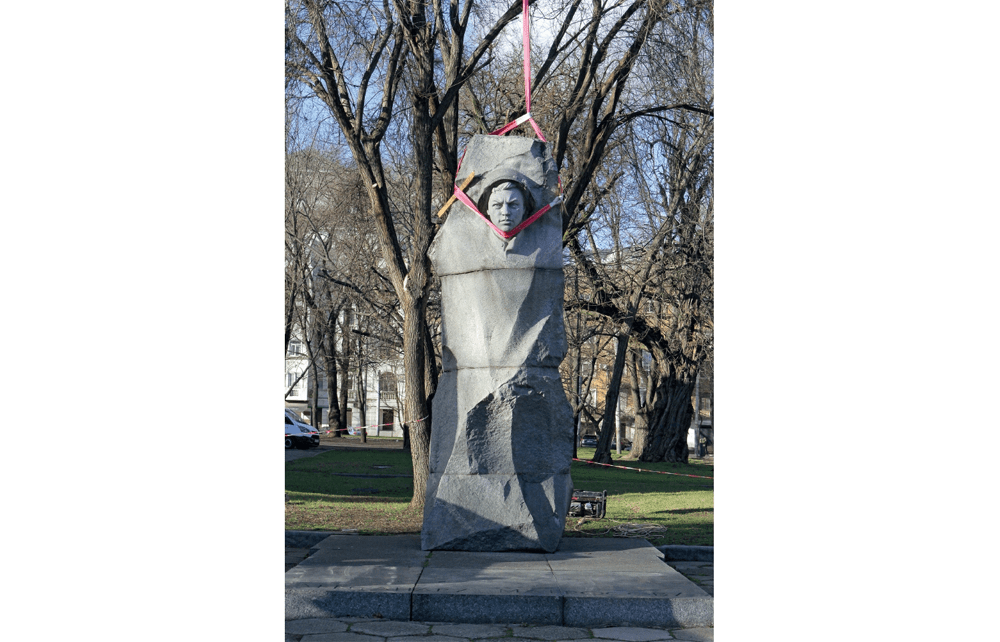






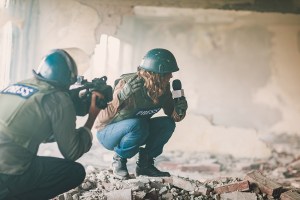
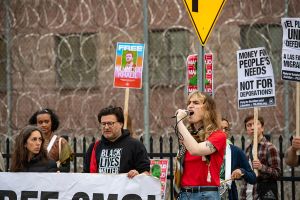

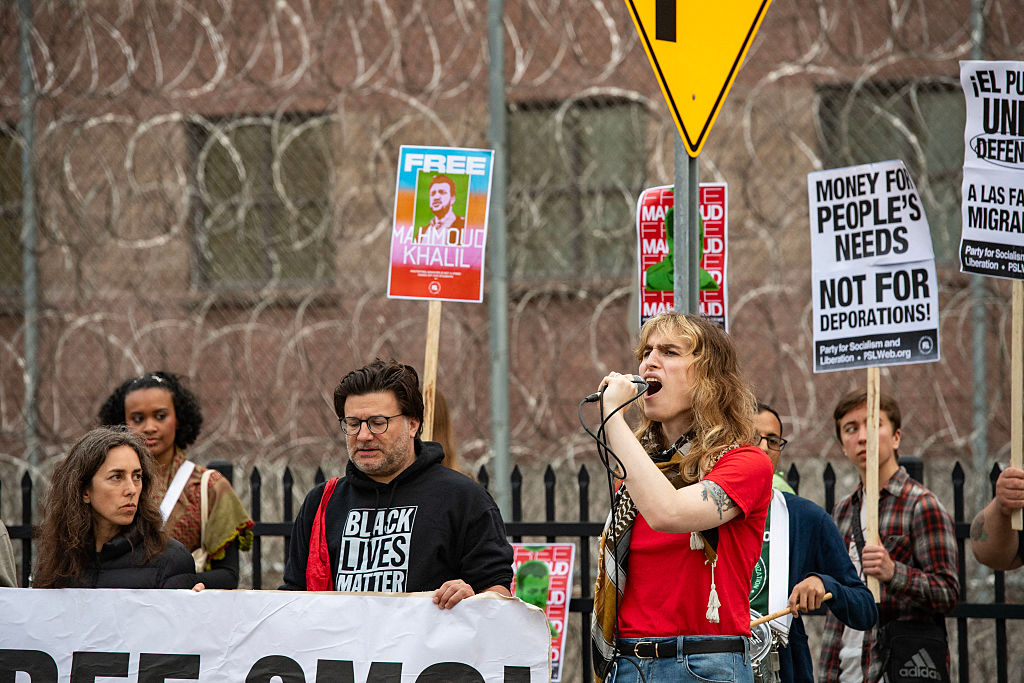


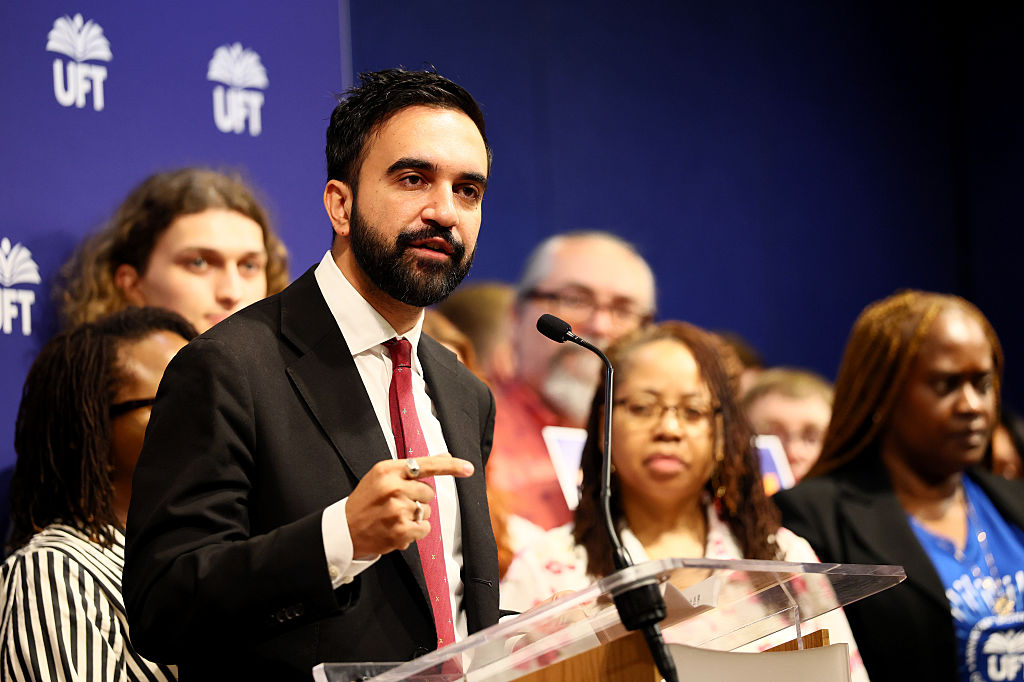
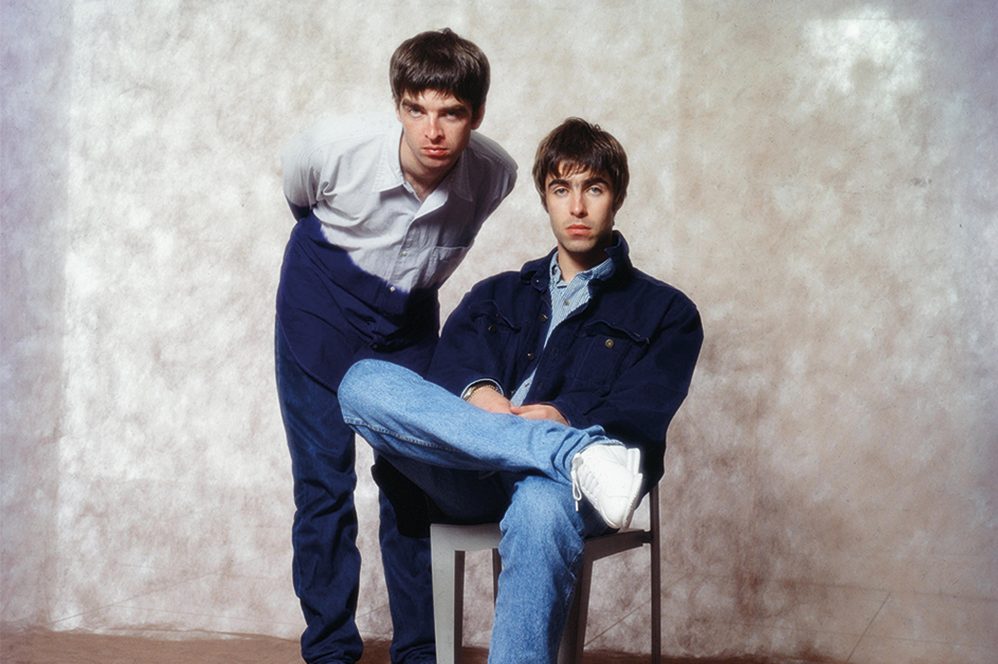
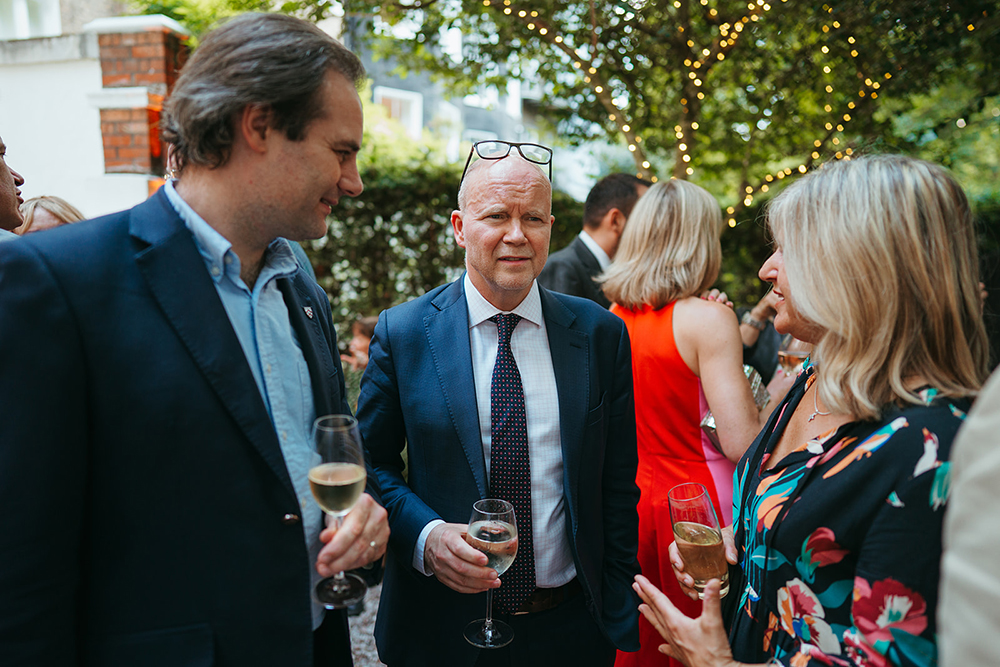







Leave a Reply